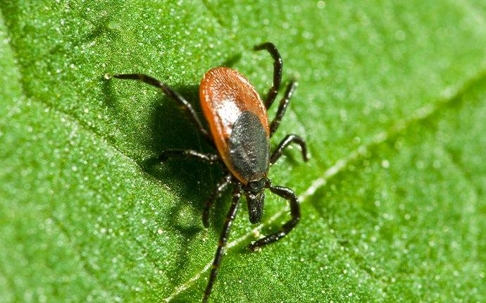One of the best aspects of living in Washington is getting to enjoy all of the outdoor activities that the state has to offer. Unfortunately, when you venture into the great outdoors, you open yourself to the risk of ticks which can really bite… literally.
There’s nothing more disconcerting than returning home from a hike or simply enjoying your back yard and then finding a tick latched on to your body. And it’s not just you that’s at risk either. Your pets are also prime candidates for ticks to feed upon. And given their propensity to spread diseases, tick bites can be quite dangerous.
That’s why you must know how to identify the local area ticks, as well as the best methods which you can utilize to keep them away from your property and ensure your family’s safety.
How To Identify The Ticks In Your Area?
Being able to identify different species of ticks can be tricky since their coloring is known to change based on whether they have fed on blood meal or not. However, that doesn’t mean you shouldn’t know a few basics for identifying the ticks in your area.
In Kittitas County, there are four species of ticks that you are most likely to encounter. These are brown dog ticks, Rocky Mountain wood ticks, western black-legged ticks, and the American dog ticks.
- Brown dog ticks are about 1/8th of an inch long. They have flat bodies and are reddish-brown before feeding. However, after feeding their bodies will engorge to about ½ an inch and their color will become a steel-blue grey.
- Rocky Mountain wood ticks are about 1/8th of an inch long. Their bodies are brown before feeding and grayish afterward while their bodies engorge.
- Western black legged ticks have oval-shaped bodies that are a brownish-black color. The females, however, have orange abdomens with brown-black plates on top.
- American dog ticks are a brownish-tan color with marbled white markings before feeding. However, after feeding, their bodies will turn a greyish-blue or olive-green color. Like other ticks, after feeding their bodies will engorge.
The Dangers Of Ticks In Kittitas County
As previously stated, ticks are considered to be quite dangerous pests. As they feed on the blood of a variety of hosts, they are liable to spread infectious diseases. So, although every bite from a tick may not spell disaster, given the severity of the diseases that they are known to spread, if you or a member of your family has been bitten by a tick, you should seek medical attention.
The diseases that ticks are known to spread include, but are not limited to Lyme disease, babesiosis, anaplasmosis, tularemia, ehrlichiosis, spotted fever.
How To Keep Ticks Away From Your Property?
Because ticks are capable of spreading so many diseases, you must know some of the preventive tips to keep ticks away from your property and thus limit your risk of exposure.
- Keep your yard well-trimmed
- Remove any overgrowth from around your yard
- Remove any organic debris from around your yard
- Remove anything that might attract wildlife to your yard
- Remove bird feeders
In addition to these tips for keeping tips away from your property, you should also make a habit of checking your, your family members', and your pets' bodies for any ticks after spending time outside.
If you can utilize these tips, you should be able to reduce your risk of tick and thus mitigate the opportunity to contract an unwanted disease.
For The Best Tick Prevention, Call The Professionals
While you can, and should, utilize all the preventive measures at your disposal, the best way to limit your exposure to ticks and ensure your family's safety is to contact the professionals here at Prosite.
At Prosite, we’ll work with you to identify any areas of your property that could be potential hiding spots for ticks, and then we will take the proper steps to eliminate them. So give us a call today.

